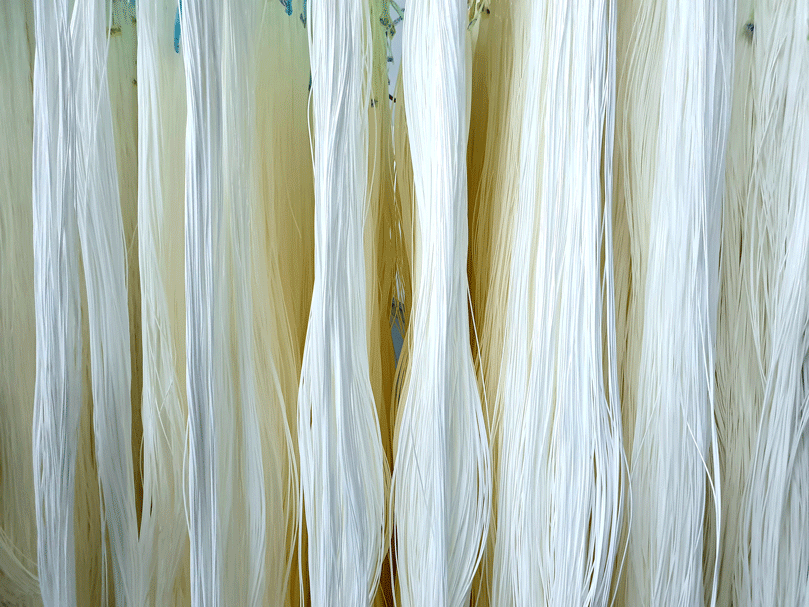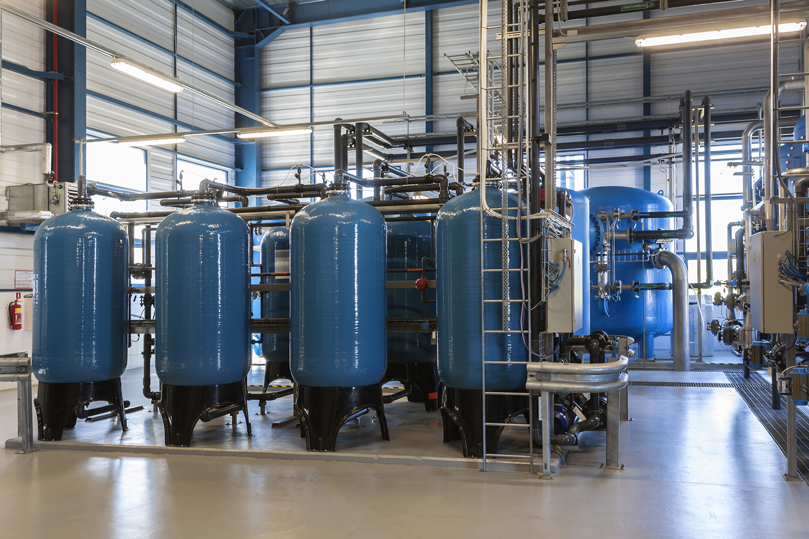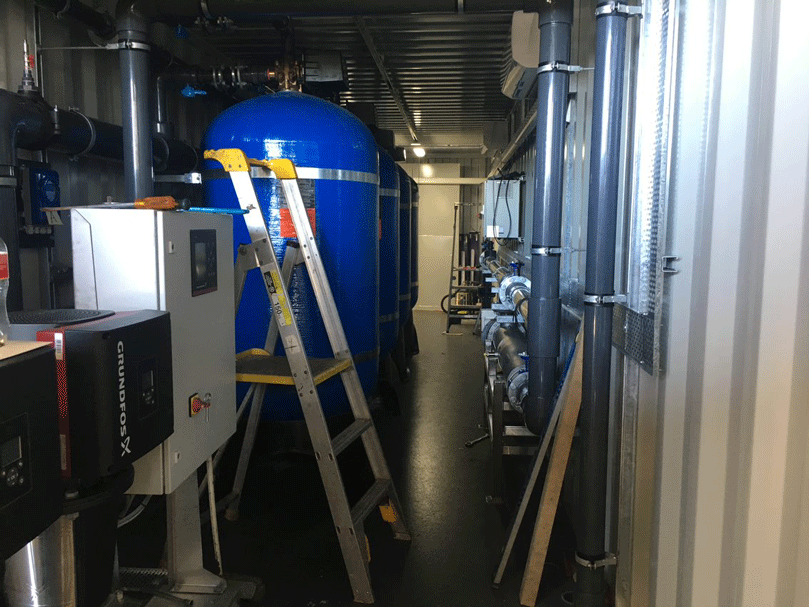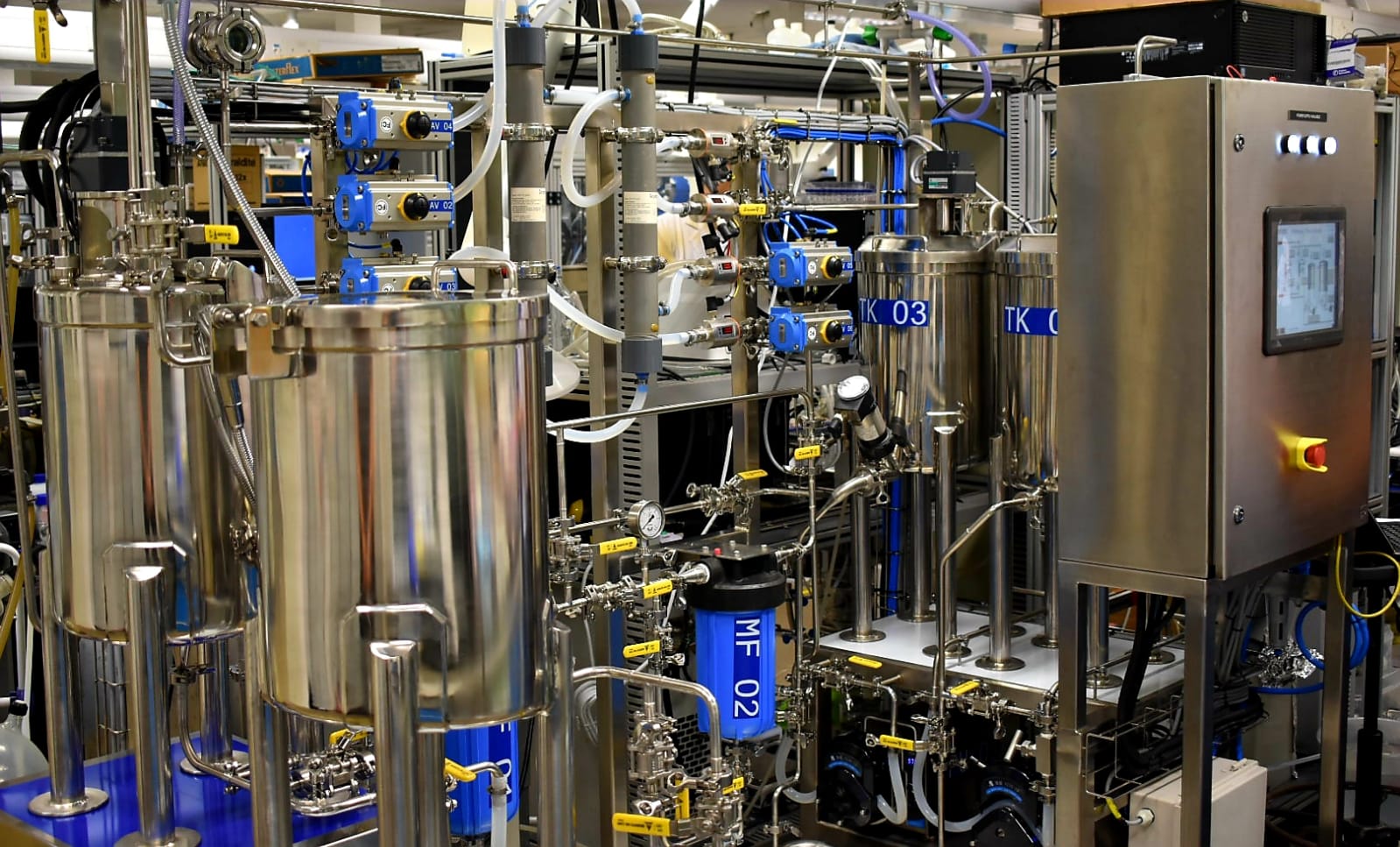17 Jun Zero Liquid Discharge (ZLD)
Zero Liquid Discharge (ZLD) describes a treatment process with the goal of removing all the liquid waste from a system. The focus of ZLD is to economically reduce wastewater and produce clean water that is suitable for reuse, thus saving money and being beneficial to...












